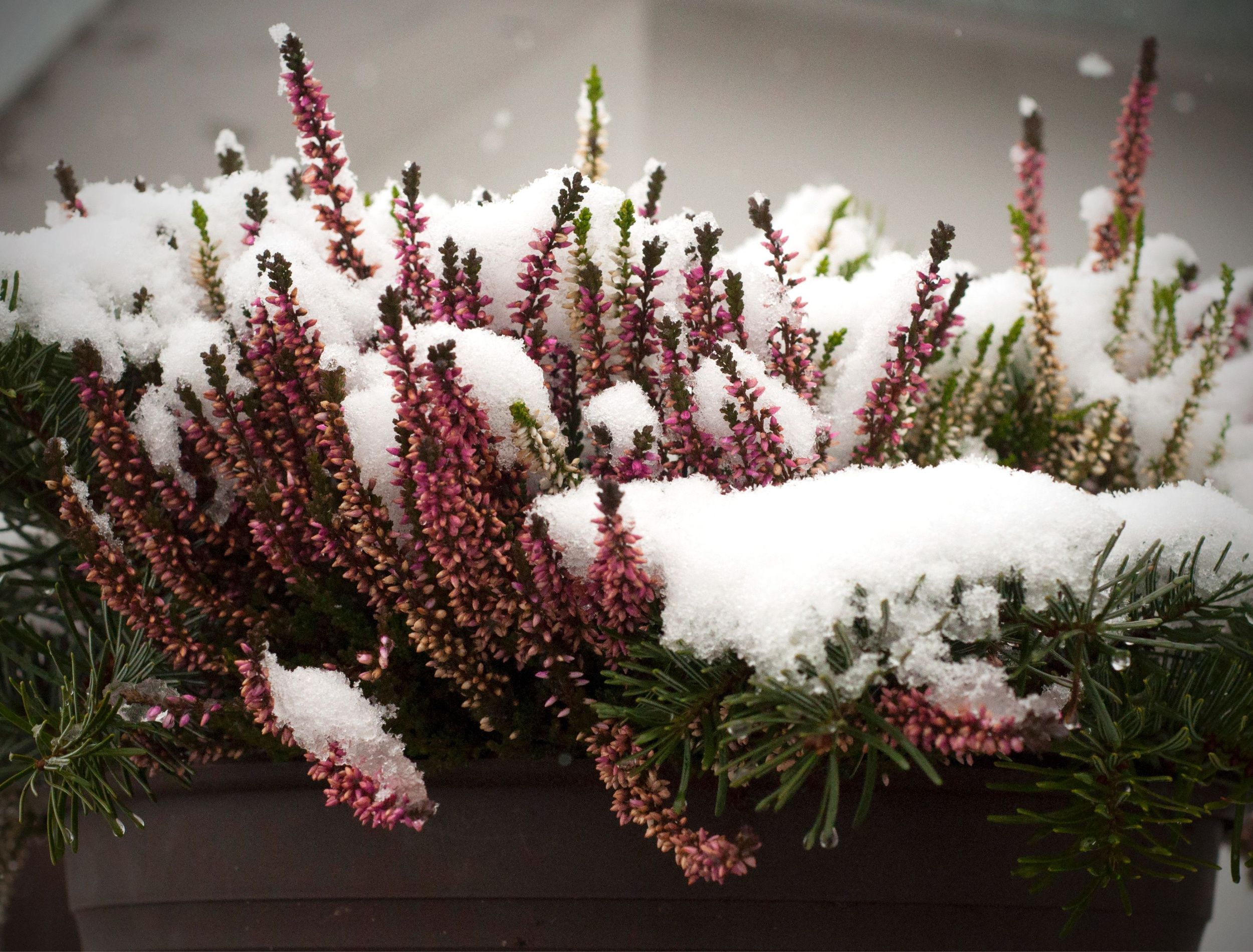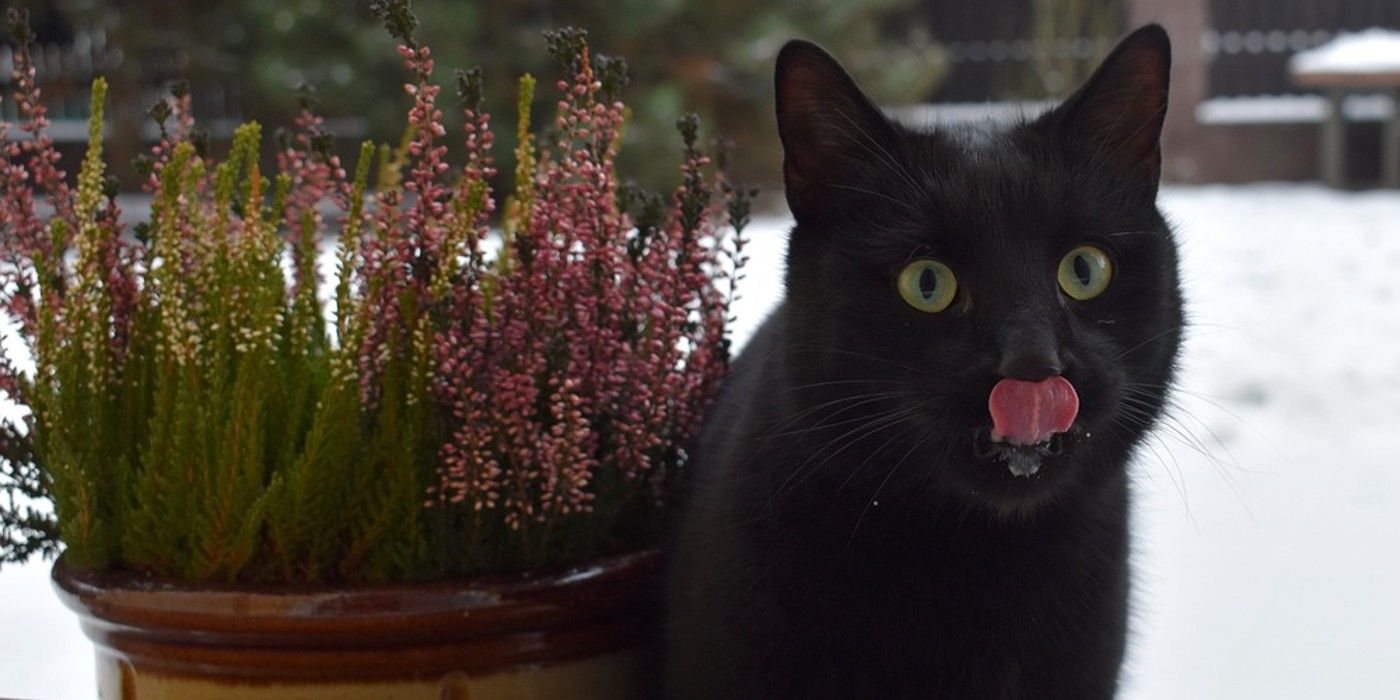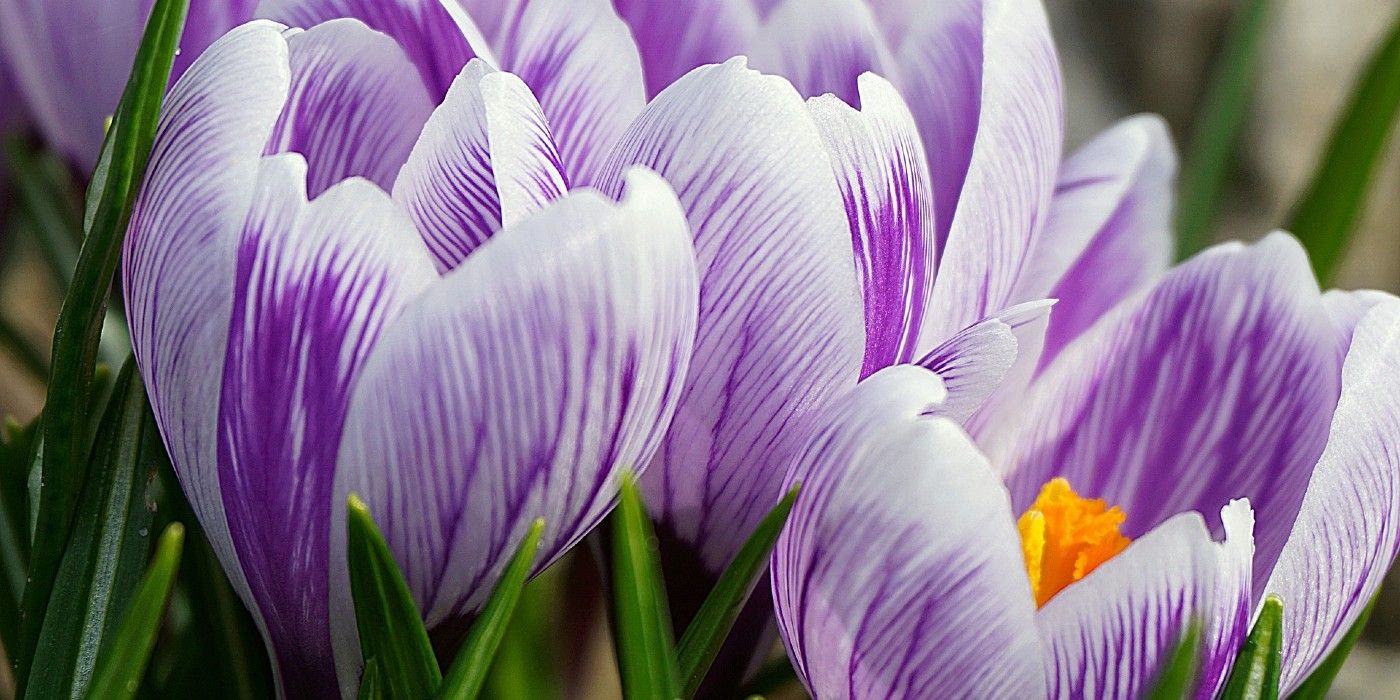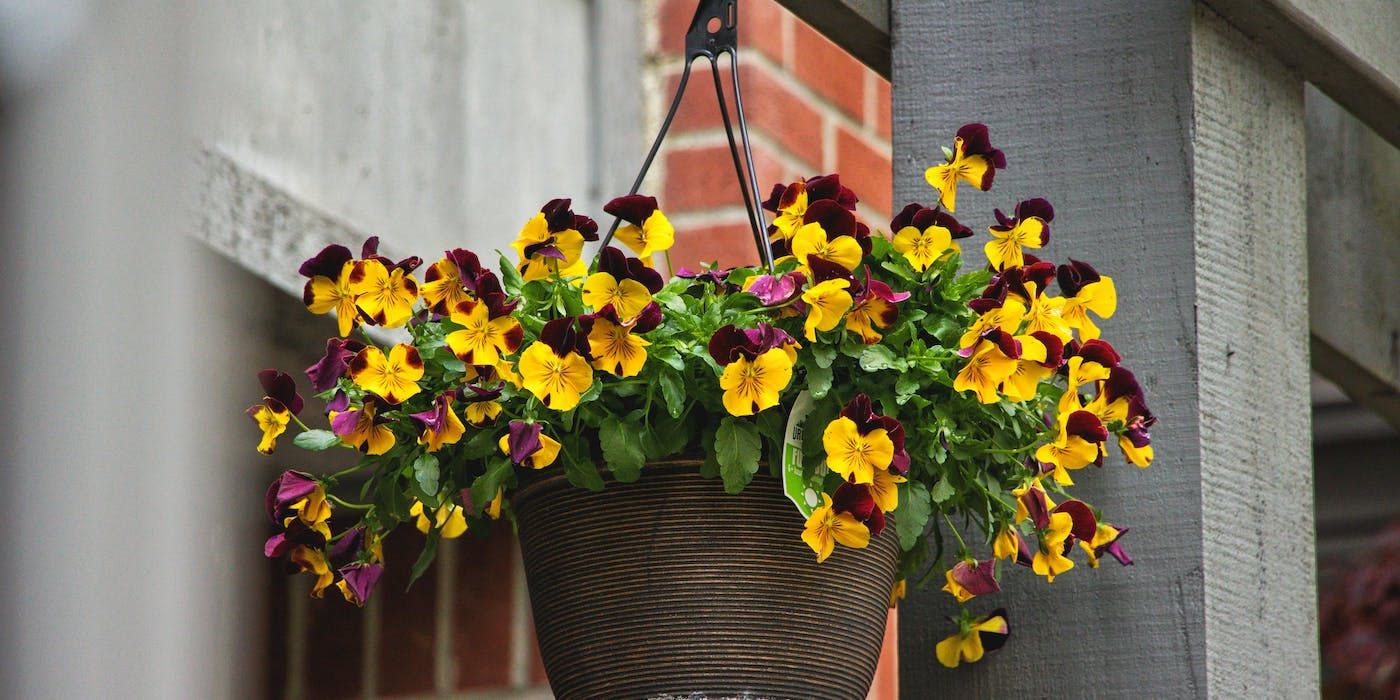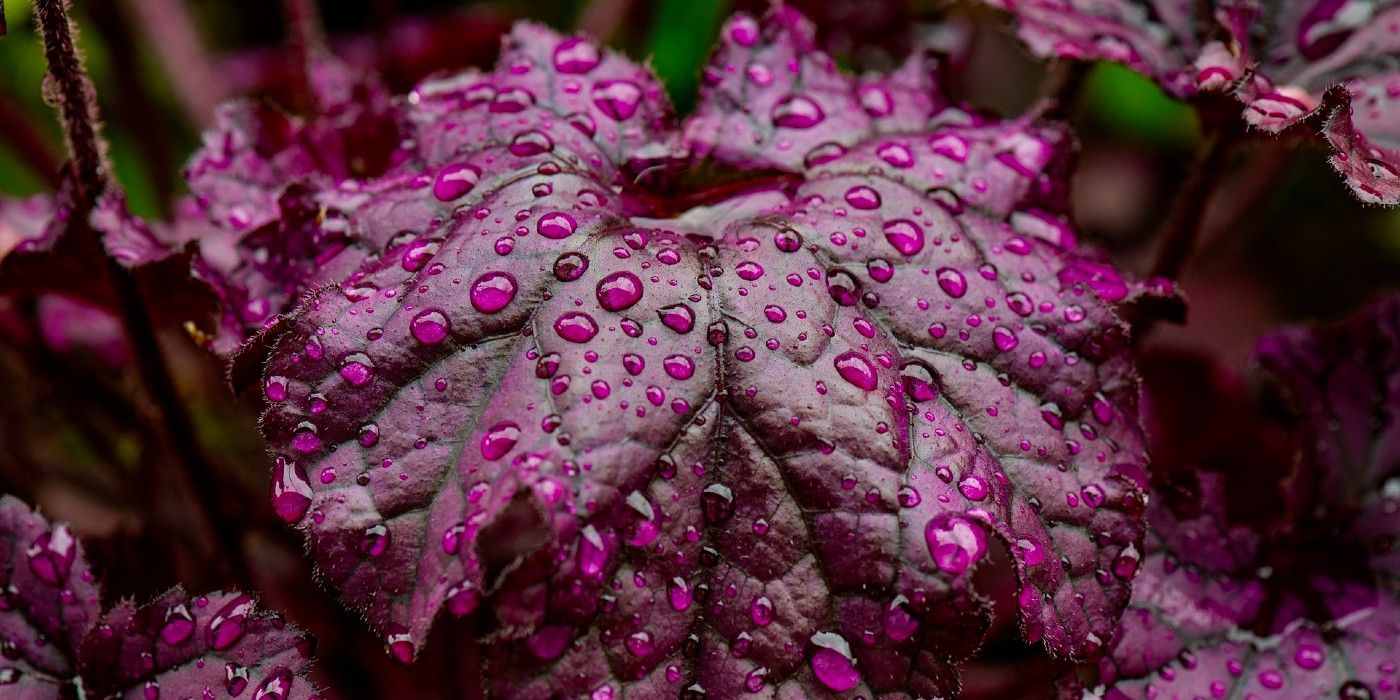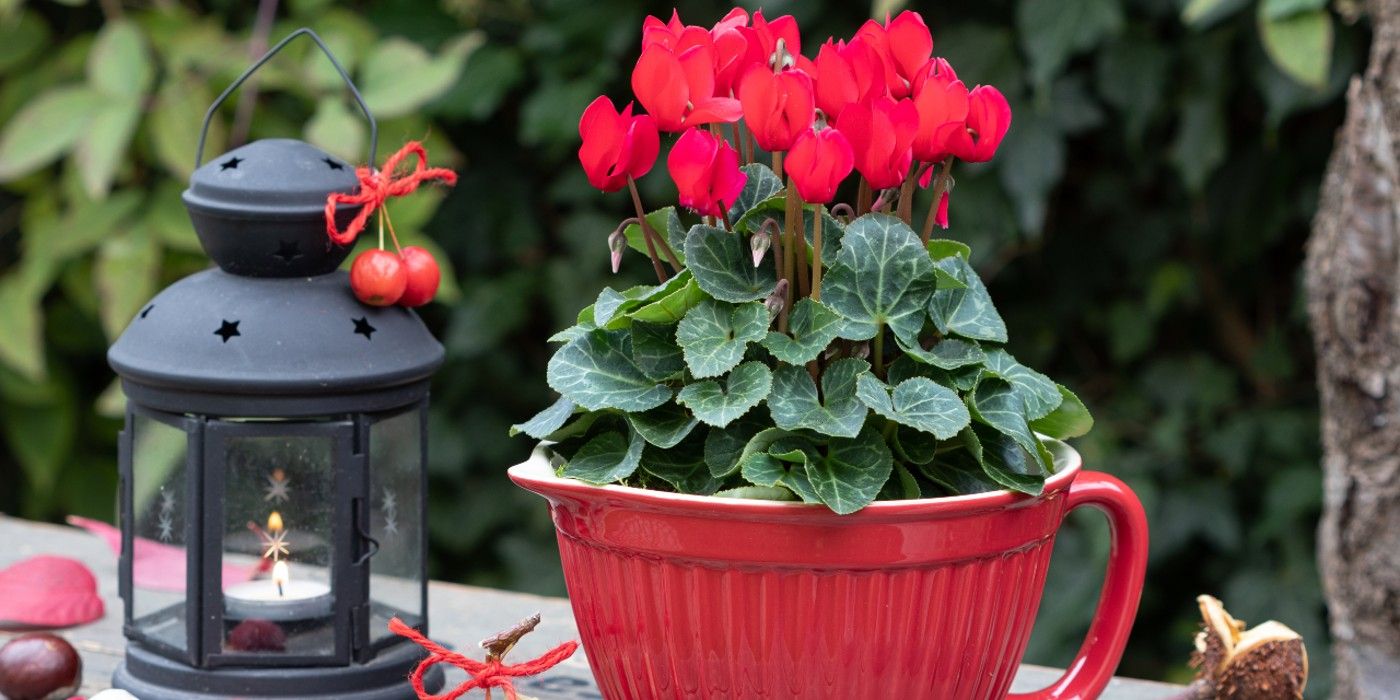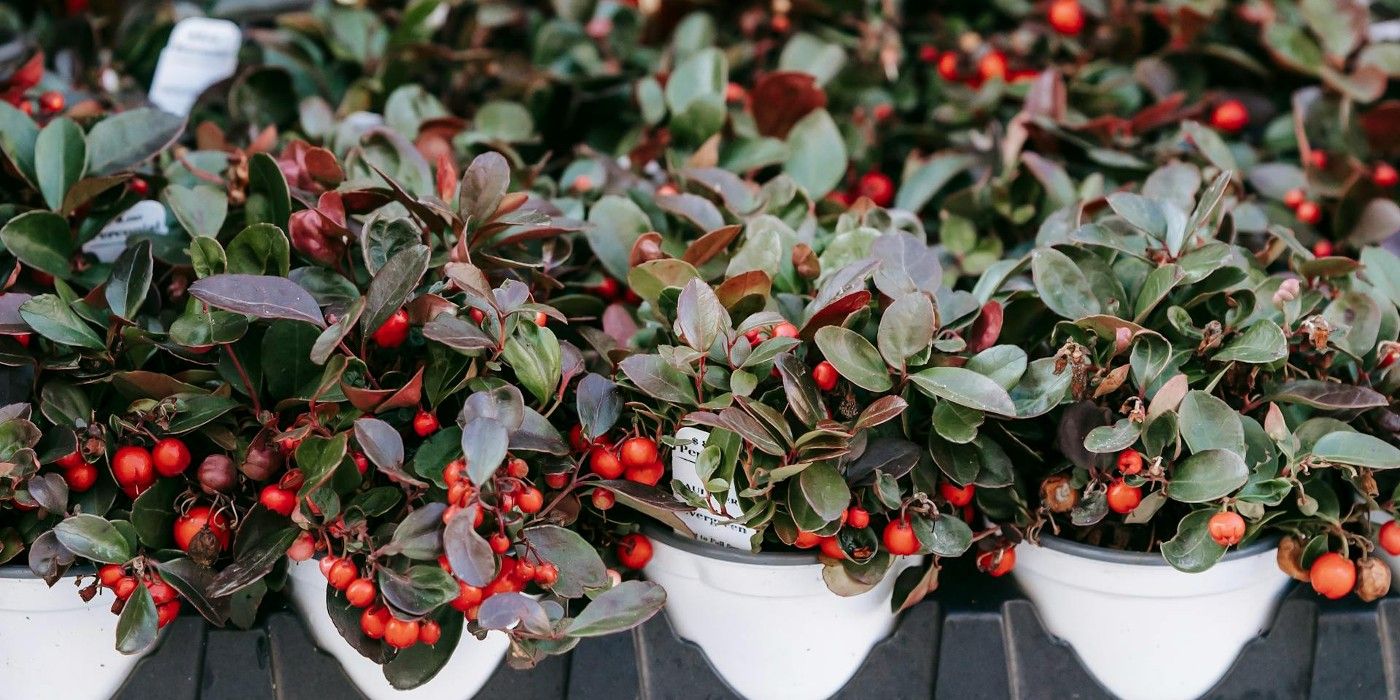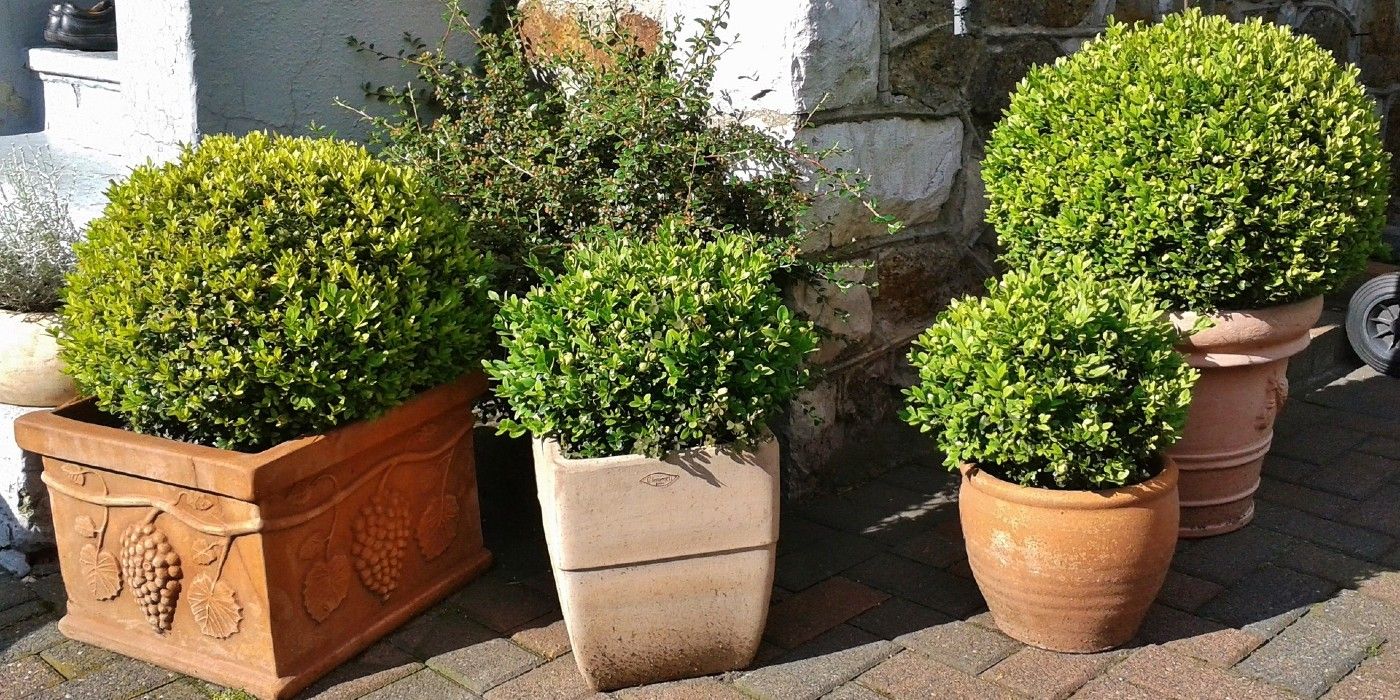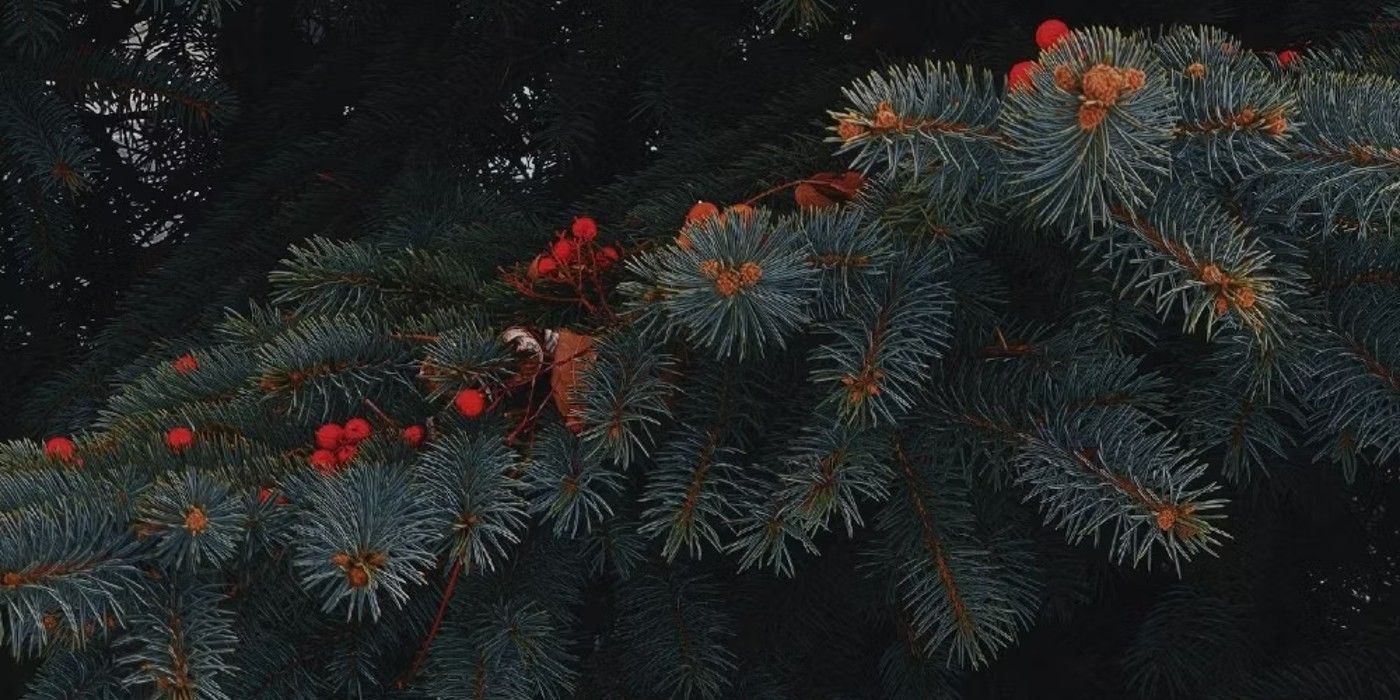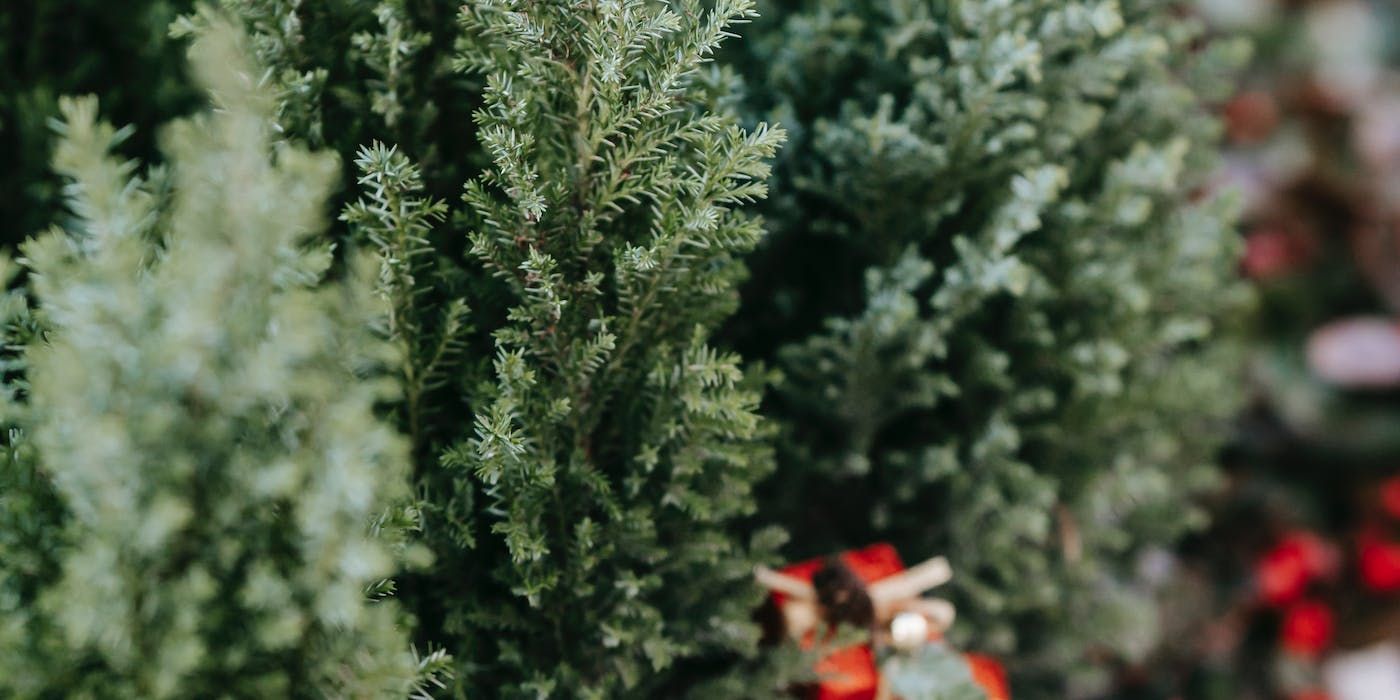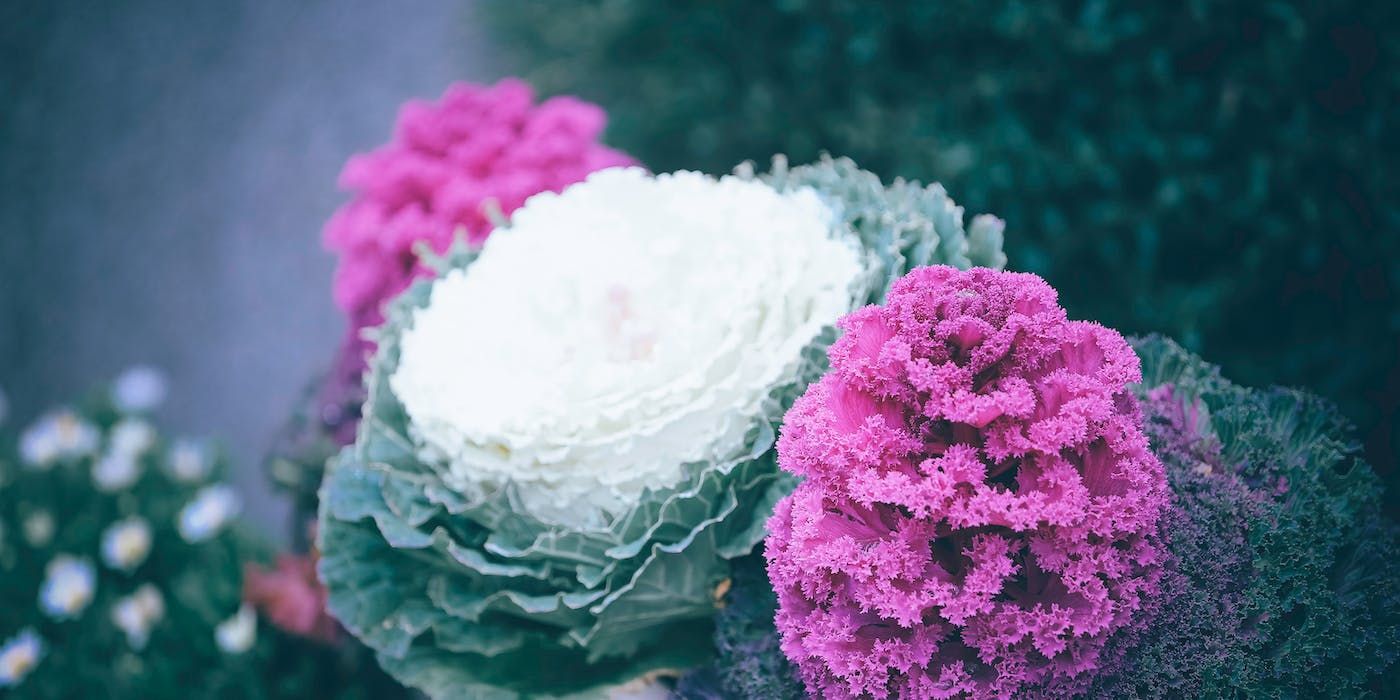Key Takeaways
- Winter Heather: Evergreen shrub with pink blooms, perfect for winter containers.
- Snow Crocus: Plant these bulbs in winter for early spring blooms.
- Winter-flowering Pansy: Cold-hardy flower that blooms in fall and winter.
The cold winter weather can sometimes dampen the lush green and colorful landscape gardeners look forward to each spring and summer. However, that doesn't mean that your outdoor space has to appear drab.
Many cold-hardy plants will thrive in pots outside. Add color to your outdoor space this winter with an array of stunning plants ideal for winter containers. With bright flowers, striking foliage, and charming berries, discover the best outdoor plants and container garden ideas for your cold-weather arrangement.
1 Winter Heather
Enjoy January flowers with this evergreen shrub
True to its name, it’s no wonder that Winter Heather, a flowering evergreen shrub, thrives in cooler temperatures. Known for its incredible pink blooms, this plant is magnificent as a centerpiece, or to add height to your container. They can grow up to 1 foot in height and 1½ feet in width for a stunning focal point.
Depending on the variety, the blooms may slow down over the winter, but the leaves will stay green all year.
|
USDA Plant Hardiness Zone |
Zone 7 to 9 |
|
Bloom Time |
January to March |
|
Height |
6 inches to 1 foot |
|
Sunlight Requirements |
Minimum of two to six hours of direct sunlight daily |
|
Watering Needs |
Check the soil once a week and water when the top 1 to 2 inches of soil is dry |
According to North Carolina University, popular cultivars include 'Bell's Extra Special,' with gold foliage, 'December Red,' with red flowers, and 'Winter Snow,' with white flowers.
2 Snow Crocus
Bring life to your garden with these cool flowers
When creating your winter containers, it’s a good idea to plant a base layer of flower bulbs. In the spring, they will burst through (even before daffodils), bringing life back to your fading winter garden. Crocus are a perfect choice, with exquisite purple, yellow, and white petals. Snow Crocus, in particular, will greet you earlier than other varieties.
Plant corms approximately 2 inches apart and 2½ inches in depth. Crocus often bloom in February and March, and open each morning with the morning sun. The flowers are quite small at only 6 inches in height, but they look fantastic as border plants in pots.
|
USDA Plant Hardiness Zone |
Zone 3 to 8 |
|
Bloom Time |
February and March |
|
Height |
6 inches |
|
Sunlight Requirements |
Minimum of two to six hours of direct sunlight daily |
|
Watering Needs |
Water when you plant them, and then you may not have to water again until the spring. Check the top 1 to 2 inches of soil and water when dry. |
3 Winter-flowering Pansy
Fawn over winter flowers
Pansies are a popular spring flower, but this seemingly delicate flower also thrives in the fall and early winter months. Known to survive frost and temperatures dropping to the single digits, pansies are an incredibly cold-hardy flowering plant. The winter-flowering Pansy is especially resistant to the cold, pushing out blooms even amidst the snow.
Pansies are a fantastic container plant, either on their own, or as a border.
|
USDA Plant Hardiness Zone |
Zone 2 to 9 |
|
Bloom Time |
Fall to spring |
|
Height |
3 to 10 inches |
|
Sunlight Requirements |
Minimum of two to six hours of direct sunlight daily |
|
Watering Needs |
Check the soil twice a week and water when the top 1 to 2 inches of soil is dry |
In the fall or winter, place them up against the south-facing wall of your house to soak up the sun's rays.
4 Coral Bells
Select a stunning foliage plant for your container garden
With an array of stunning foliage, coral bells (Heuchera) are an ideal choice for your large winter containers. From deep purple to lime green, the wide variety of colors of this semi-evergreen will complement the flowers in your arrangement. Many species also flower, but they typically bloom in June and throughout the summer months.
Coral bells are best suited for temperate climates over winter, so check the variety; some are more cold-hardy than others. Try 'Northern Exposure,' for its hardiness down to Zone 3, 'Palace Purple,' for its wine-red foliage, or 'Green Spice,' for color-changing leaves that turn a shade of amber in the fall.
|
USDA Plant Hardiness Zone |
Zone 3 to 9 |
|
Bloom Time |
Summer |
|
Height |
6 inches to 1 foot 8 inches |
|
Sunlight Requirements |
Minimum of two to six hours of direct sunlight daily |
|
Watering Needs |
Check the soil once a week and water when the top 1 to 2 inches of soil is dry |
Protect your plants from the cold winter wind by placing them near a structure or by burying the pot(s) in the ground.
5 Cyclamen
Appreciate blooms from fall to spring
This spectacular plant (part of the primrose family) boasts both attractive foliage and beautiful blooms that will wow you all winter long. Especially in temperate climates, they are known to bloom from fall to spring. The heart-shaped, silver-marked leaves are as striking as their pink, white, red, magenta, or lavender blooms.
Cyclamen parviflorum, a small and cold-hardy variety, is one of the better options for outdoor winter containers. In cooler regions, it’s a good idea to insulate your containers as they won’t be as protected as plants that root in the ground.
|
USDA Plant Hardiness Zone |
Zone 4 to 11 |
|
Bloom Time |
Fall to spring |
|
Height |
4 inches to 1 foot |
|
Sunlight Requirements |
Can survive with only filtered sunlight or can handle a maximum of two to six hours of direct sunlight daily |
|
Watering Needs |
Check the soil once a week and only water when the top 1 to 2 inches of soil is dry. Do not over water. Cyclamen are particularly susceptible to root rot. |
6 Wintergreen
Red berries are both for Christmas and the wildlife
Evergreens are a popular choice for outdoor gardening for their visual interest all year long. Wintergreen is a classic for winter containers, with its lush green foliage and bright red berries that your local wildlife will love. This low-growing plant is great as a border for your containers and will trail over the sides for a striking look. And if you do get snow in your region, the berries (often displaying between September and November) set against the white snow will have you ready for Christmas.
|
USDA Plant Hardiness Zone |
Zone 3 to 7 |
|
Bloom Time |
Summer blooms with red berries from September to November |
|
Height |
4 to 8 inches |
|
Sunlight Requirements |
Can survive with only filtered sunlight or can handle a maximum of two to six hours of direct sunlight daily |
|
Watering Needs |
Check the soil once a week and water when the top 1 to 2 inches of soil is dry |
7 Boxwood
The best container garden idea
Boxwoods are a low-maintenance and popular evergreen that brings a lush dark-green color to your containers. They are shallow-rooting shrubs, making them suitable for container gardening. Impressive on their own, or with flowers tucked around the base, boxwoods shine in the winter months and make a great feature piece.
|
USDA Plant Hardiness Zone |
Zone 5 to 9 |
|
Bloom Time |
Occasionally, in the spring |
|
Height |
1 to 24 feet |
|
Sunlight Requirements |
Minimum of two to six hours of direct sunlight daily |
|
Watering Needs |
Check the soil once a week and water when the top 1 to 2 inches of soil is dry |
'Green Gem,' 'Green Mountain,' and 'Vardar Valley' are cultivars that are particularly cold-hardy and tolerant to cold winters.
8 Japanese Yew
Red berries add a pop of color in fall and winter
If you are looking for a bold statement in your winter containers, then a Japanese Yew may be what you need. This tall and compact evergreen, adorned with red berries, looks outstanding at the entranceway or walkway to greet your guests. This plant is low-maintenance, but be sure to give it a large pot to protect its roots. Plant it on its own, or add flowers to the base for a pop of color.
'Dwarf Bright Gold,' only grows to a height of 6 feet, and 'Densiformis,' and 'Nana Aurescens,' are similarly, low-growing cultivars, making them ideal candidates for winter containers.
|
USDA Plant Hardiness Zone |
Zone 4 to 7 |
|
Bloom Time |
Blooms in the spring and summer with red berries in the fall |
|
Height |
3 to 25 feet |
|
Sunlight Requirements |
Can survive with only filtered sunlight or can handle a maximum of two to six hours of direct sunlight daily |
|
Watering Needs |
Check the soil once a week and water when the top 1 to 2 inches of soil is dry |
9 Juniper
Keep creeping juniper under control with container gardening
Juniper is a great low-maintenance coniferous evergreen that is perfect for container gardening, keeping its color all winter long. Dwarf varieties, such as 'Nana,' and 'Simpaku,' are ideal for pots, as well as low-growing varieties. If you have trouble with creeping juniper taking over your garden, then you may want to try it in a pot. Its ability to grow quickly makes it fantastic for winter container gardening, and these varieties are ideal for complementing other plants.
|
USDA Plant Hardiness Zone |
Zone 2 to 9 |
|
Bloom Time |
Blooms in the spring and, depending on the variety, in the fall as well. It also produces blue berries (or cones) in the summer and fall. |
|
Height |
6 inches to 60 feet |
|
Sunlight Requirements |
Full sun, with a minimum of six hours of direct sunlight daily |
|
Watering Needs |
Check the soil once a week and water when the top 1 to 2 inches of soil is dry |
10 Ornamental Kale and Cabbage
One of the most cold-hardy options for winter plants outdoors
Ornamental kale and cabbage are interesting and gorgeous vegetable additions to your winter containers, growing as high as 1 foot tall. Their eye-catching pink, red, and white colors become more vibrant as the temperatures drop. Known to survive down to five degrees Fahrenheit, they will outlast other plants until the summer heat rolls around. They are best planted in the fall for your winter containers, and should still be popping with bright colors in the spring.
For your containers, use a minimum 6-gallon pot, with a minimum depth of 8 inches. 'Sparrow Red,' has red and green multi-colored leaves, 'Redbor,' sports deep purple leaves, and 'Coral Prince,' has feathery green leaves with white centers.
|
USDA Plant Hardiness Zone |
Zone 2 to 11 |
|
Bloom Time |
Spring to summer |
|
Height |
8 inches to 1 foot 2 inches |
|
Sunlight Requirements |
Full sun, with a minimum of six hours of direct sunlight daily |
|
Watering Needs |
Check the soil once a week and water when the top 1 to 2 inches of soil is dry |
While even the ornamental cultivars are technically edible, you are better off enjoying their beauty than attempting kale chips.
Winter is Looking Brighter
There are many outdoor plants ideal for winter containers to keep your space vibrant all year. With a mix of colorful flowers, stunning foliage, and lush evergreen, you will feel like summer never left. Whether you are creating a Christmas-themed arrangement or an ode to the coming spring, there are many outdoor plants to consider for your winter containers.
Be sure to share your favorite winter plant and this article with your family and friends!

